10 End-of-Season Gardening Mistakes to Avoid This Month
As the gardening season winds down, it’s easy to overlook some crucial tasks that can impact your plants’ health through the colder months. November brings unique challenges, and ensuring that your garden is properly prepared for winter is key to a successful spring. Avoiding common mistakes, such as improper pruning, neglecting watering, or leaving plants unprotected, can help preserve your hard work and set the stage for a thriving garden next year.
This post may contain affiliate links, which helps keep this content free. Please read our disclosure for more info.
Forgetting to Water Your Plants

As the weather cools in November, it is easy to forget that plants still need water. Many gardeners think that as temperatures drop, plants require less moisture. However, the truth is that some plants, particularly those that are still actively growing, need consistent hydration to survive the colder months. Watering is especially important if the soil is dry from earlier in the season or if the weather has been unusually dry for extended periods. Neglecting to water can cause dehydration in plants, which will weaken them and make them more susceptible to disease and pest infestation.
In addition to watering regularly, it is important to water deeply. Shallow watering may only wet the surface and not reach the plant’s roots, leading to inadequate moisture. During the colder months, try watering early in the day to allow the soil to absorb the water before nightfall, when the temperature drops. Keep an eye on your soil and check for moisture. If it feels dry to the touch, it is time to water again. Even as the growing season slows down, plants are still dependent on water to stay healthy through the winter.
Pruning at the Wrong Time

Pruning is an important task for maintaining the health and shape of your plants, but timing is everything. Many gardeners make the mistake of pruning too early in the fall or waiting too long into the season. Pruning at the wrong time can expose plants to frost and cold temperatures that they aren’t ready for, especially for certain trees and shrubs. In November, it is important to allow plants to transition into dormancy before making cuts. If you prune too early, the plant may produce new growth, which is vulnerable to freezing temperatures, and the cuts may not heal properly.
Additionally, certain plants, such as hydrangeas, should not be pruned until late winter or early spring. This is because their flower buds are set during the previous season, and pruning too early may remove them. For other plants like roses, pruning should be done after the first frost when they are truly dormant. By pruning at the correct time, you help your plants survive winter conditions without adding unnecessary stress, ensuring healthy growth when spring arrives.
Leaving Potted Plants Exposed
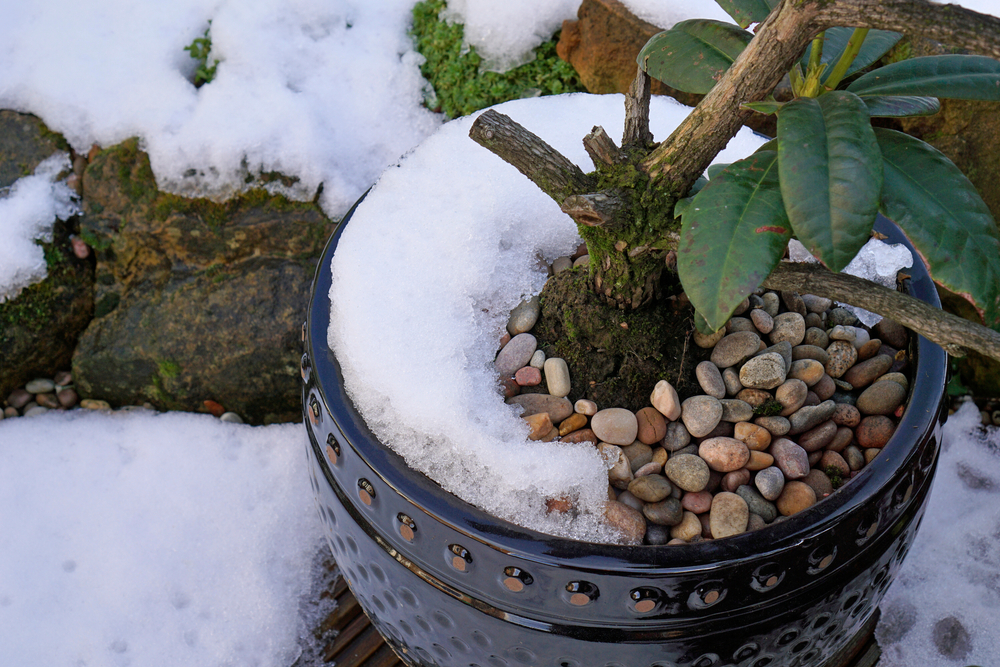
Potted plants are more vulnerable to winter’s harsh conditions than those planted directly in the ground. The roots of potted plants are more exposed to the cold, and when the temperature drops, they can freeze more quickly. If left outdoors without proper protection, potted plants risk root damage, which may not show immediate signs of trouble but could stunt the plant’s growth come spring. Moving potted plants to a sheltered area, such as a porch, garage, or even indoors, can help prevent frost damage.
If you are unable to bring plants indoors, consider wrapping the pots with burlap or old blankets to add an extra layer of insulation. For particularly fragile plants, using a frost cloth or cloche can provide added protection from the cold. Another helpful tip is to raise the pots off cold surfaces, such as concrete, which can draw heat away from the roots. By protecting your potted plants, you ensure that they will thrive next season when the weather warms up.
Neglecting to Mulch Around Your Plants
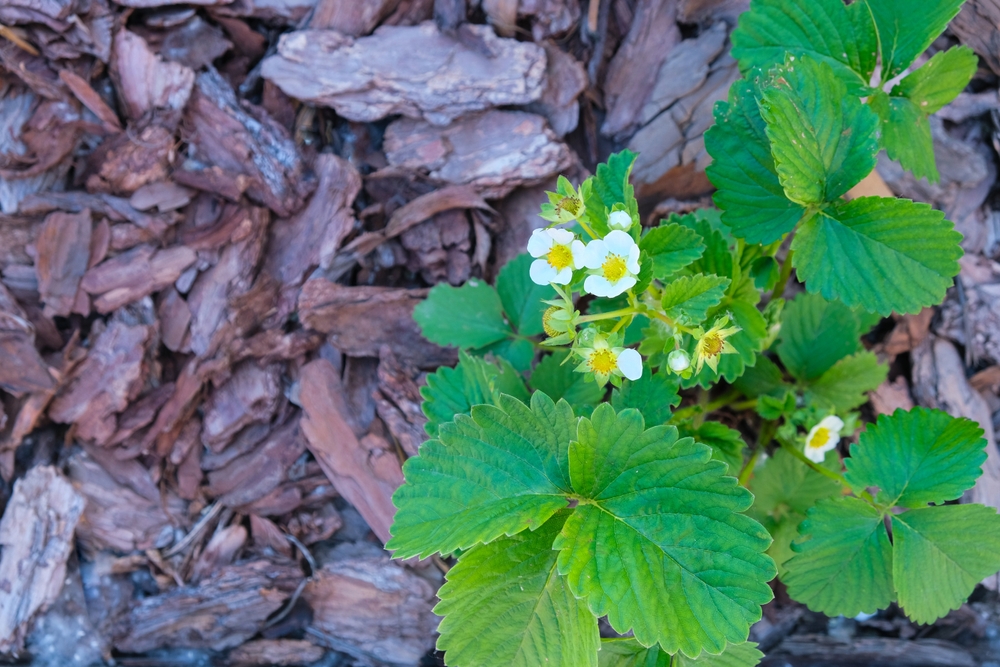
Mulching is one of the simplest and most effective ways to protect your garden during the winter months. Without a proper layer of mulch, plant roots are exposed to extreme temperature fluctuations, which can lead to frost heaving, where plants are literally pushed out of the soil as it freezes and thaws. A good layer of mulch, such as straw, leaves, or wood chips, helps keep the soil temperature stable, reducing the risk of freezing and thawing cycles.
In addition to temperature regulation, mulch also helps retain soil moisture. During the winter, the ground can become very dry, especially if you live in an area with freezing conditions and little precipitation. Mulch acts as a barrier, preventing excessive moisture loss and helping your plants maintain the hydration they need. Be careful not to pile mulch too high around the plant stems or crowns, as this can cause rot. Aim for a 2-3 inch layer of mulch to keep your plants well-protected and ready for spring.
Not Harvesting Remaining Vegetables

Many gardeners mistakenly think that their vegetable gardening is over as November approaches, but some crops are still ready for harvest well into the cooler months. Root vegetables such as carrots, beets, and turnips can survive light frosts and actually taste sweeter after they’ve been exposed to a chill. However, leaving them in the ground too long risks them freezing or rotting, especially when harsh winter weather sets in.
Additionally, leafy greens such as kale, collards, and spinach may continue to grow throughout the month, and they can often handle cooler temperatures without significant damage. Harvesting late-season vegetables in November ensures that you get the most out of your garden and prevents waste. Any unharvested crops should be picked before frost threatens, as freezing will make them unusable. If you find yourself with an abundance of produce, consider preserving it by freezing or canning for later use.
Leaving Fallen Leaves in the Garden
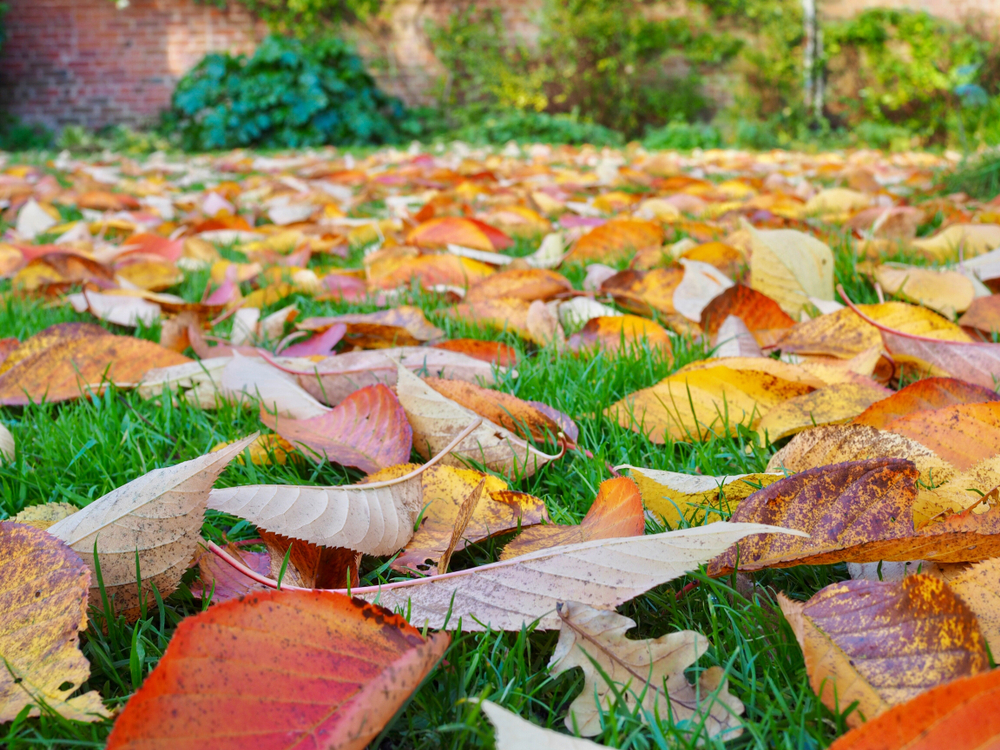
While it may seem harmless to leave fallen leaves in the garden, doing so can actually cause more harm than good. A thick layer of wet leaves can smother plants and prevent them from receiving adequate air circulation, leading to the growth of mold and mildew. In some cases, excessive moisture can also promote root rot and attract pests like slugs and snails, which thrive in wet environments. Additionally, the weight of a large pile of leaves can compact the soil, making it difficult for plants to grow in the future.
To avoid these problems, it is best to rake up most of the fallen leaves. Some gardeners choose to compost the leaves, turning them into valuable organic matter that will enrich the soil. Alternatively, a thin layer of leaves can be left on the garden beds as mulch, providing insulation for the soil and adding nutrients over time. Just be sure not to let the leaves pile up too thickly around plants, as this can create problems for plant health.
Failing to Protect Tender Plants
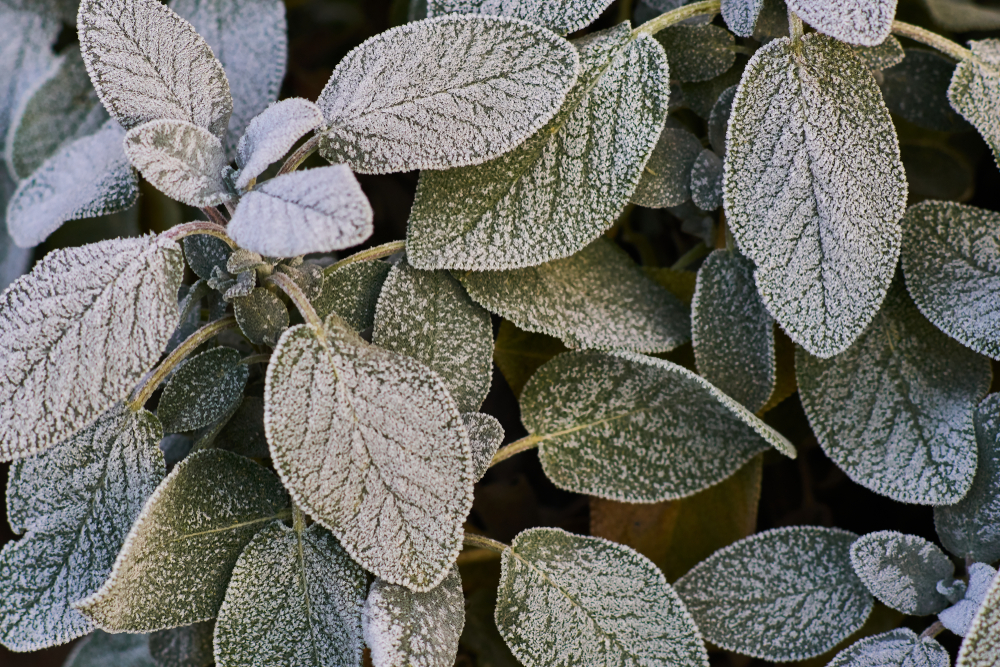
As the temperatures dip, it is essential to take action to protect tender plants that cannot tolerate frost or freezing temperatures. Many gardeners mistakenly leave sensitive plants exposed to the elements, assuming they will survive the winter. Plants such as tropicals, some perennials, and non-hardy shrubs need extra protection during the colder months to ensure they make it through until spring.
For those plants that can’t be moved indoors, cover them with frost cloths, row covers, or blankets to shield them from the cold. You can also place cloches or mini greenhouses over the plants for added insulation. Even adding a layer of mulch around the base of these plants can help protect their roots from freezing. Taking steps to protect tender plants now can prevent unnecessary loss and help them rebound when the weather warms up.
Overfertilizing Plants
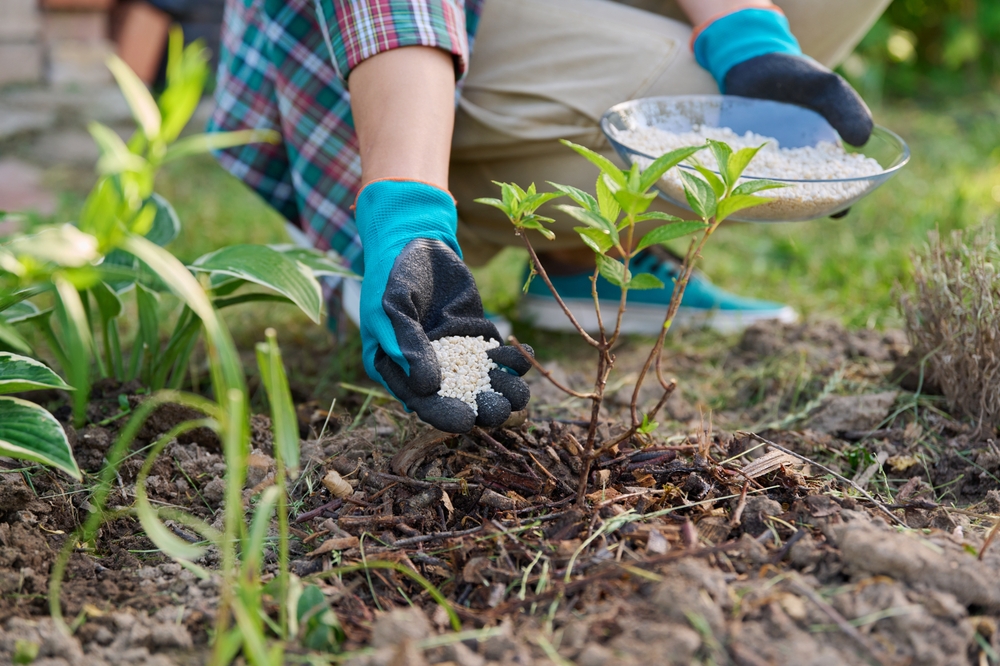
Applying fertilizer to your plants in November may seem like a good idea to give them a final boost before winter, but overfertilizing at the wrong time can cause more harm than good. Fertilizers encourage growth, and adding them too late in the season can stimulate tender new growth that is vulnerable to frost. This new growth is more likely to freeze, resulting in plant damage or death. Fertilizing in late fall can also lead to excessive nutrient levels in the soil, which can disrupt the plant’s natural preparation for dormancy.
Instead, focus on preparing your garden by adding organic materials such as compost or mulch, which will help improve soil structure and health without promoting unwanted growth. If you do need to fertilize, consider using slow-release fertilizers or applying them early in the fall to give the plants enough time to absorb the nutrients before the cold weather sets in. Avoid heavy fertilization in November, as this can stress your plants and interfere with their dormancy cycle.
Not Cleaning Garden Tools
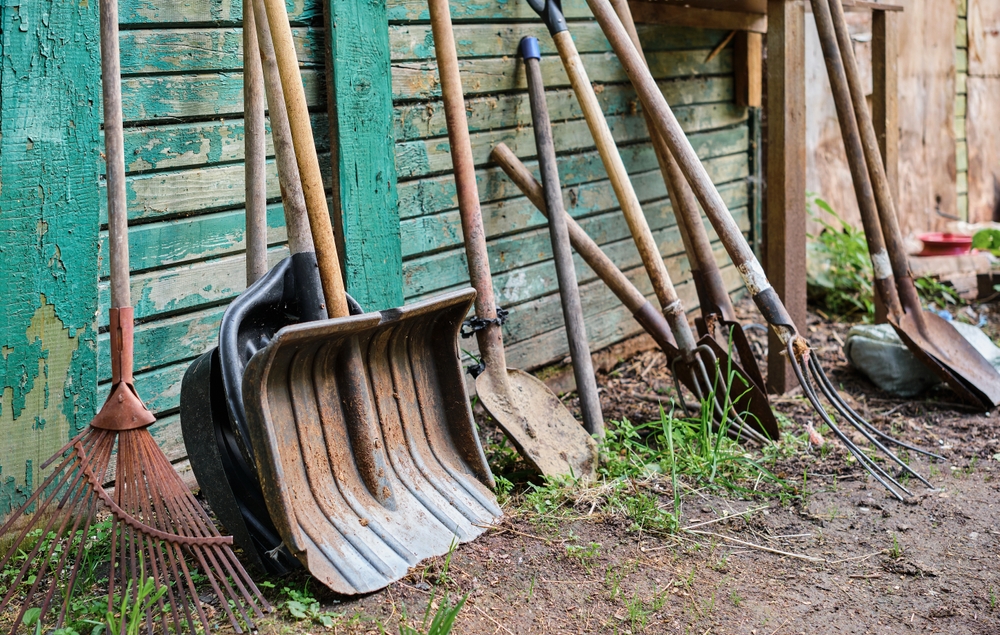
At the end of the growing season, many gardeners forget about cleaning and maintaining their tools. After a season of hard work, tools can become caked with soil, sap, and plant residue, which can reduce their efficiency and even cause rust. Cleaning your garden tools before storing them ensures that they stay in good condition for the next season. It’s also important to sharpen any cutting edges, such as pruners and hoes, to ensure they work effectively when you need them again.
Neglecting to properly clean and store your tools can lead to long-term damage, making them harder to use and possibly even requiring expensive replacements. A quick rinse to remove dirt and a thorough dry can help prevent rusting, and sharpening can improve performance. Finally, store your tools in a dry, cool place, and consider applying an oil-based rust protector to prevent corrosion. Proper maintenance of your tools will not only save you time but also keep your garden equipment functional for years.
Ignoring Soil Health
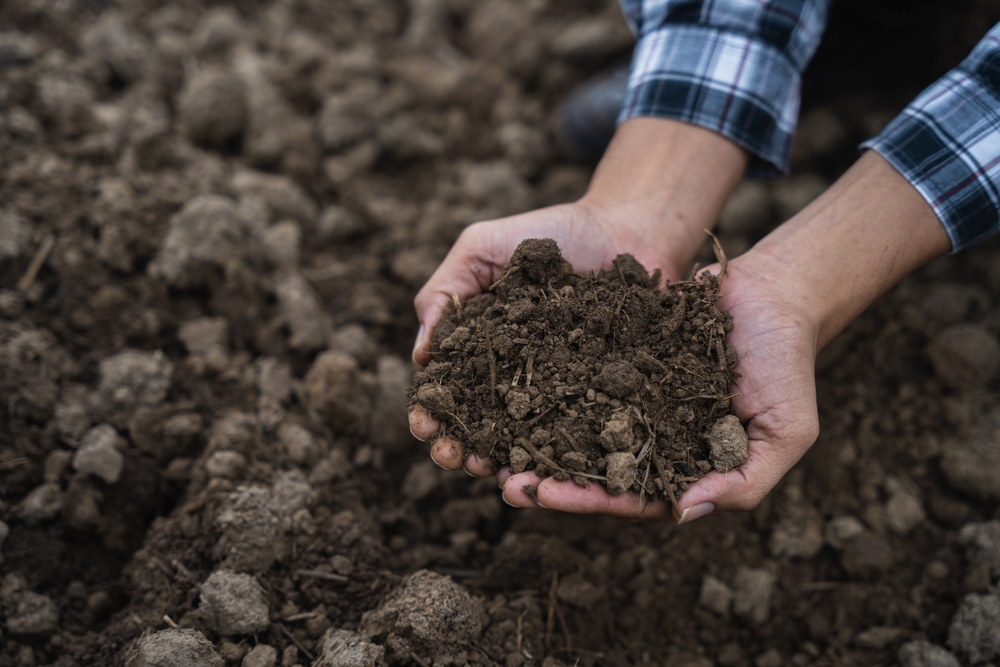
Soil health is one of the most critical factors in successful gardening, yet it’s often overlooked as the season winds down. November is a great time to take stock of your soil’s condition and make necessary improvements for the following year. Testing the soil for pH and nutrient levels helps determine if your garden needs any specific amendments, such as compost or lime, to maintain or improve its fertility. Ignoring soil health can lead to poor plant growth and increased vulnerability to pests and diseases in the next growing season.
Adding organic matter like compost is one of the easiest ways to improve soil quality and provide nutrients for future plantings. If your soil test reveals deficiencies in essential nutrients, adding fertilizers or organic materials can correct these imbalances. It’s also a good time to incorporate cover crops, such as clover or rye, which help enrich the soil by fixing nitrogen and preventing erosion. A little attention to soil health now ensures a healthy, fertile foundation for next spring’s gardening efforts.
This article originally appeared on Avocadu.
